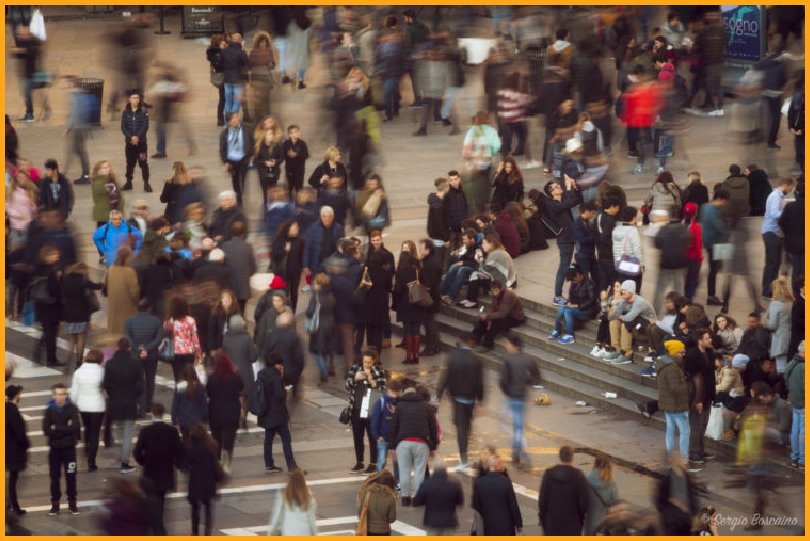The Most Dangerous Animals In The World
Some of these are really surprising.

The animal kingdom is amazing. Domesticated pets can help support and protect their human companions. Otherworldly creatures live deep in the ocean. Certain animals mate for life, and some animals can actually freeze and still survive. While we admire certain beasts for their beauty, grace or simply their adorable faces, many are best viewed from a safe distance. Wild animals might look cute, sweet or playful, but they can, in fact, be deadly. Even pets and farm animals can cause harm if you’re in the wrong place at the wrong time. These animals are some of the most dangerous birds and beasts around the world — and several of them might surprise you.
Hippopotamus
Hippos may look like jolly, rotund walruses with legs, but don’t let that fool you. Even though they are the third-largest land animal, they are fast and aggressive. Hippos have gored and trampled people and dragged them into the water, overturned boats and even bitten off humans’ heads.
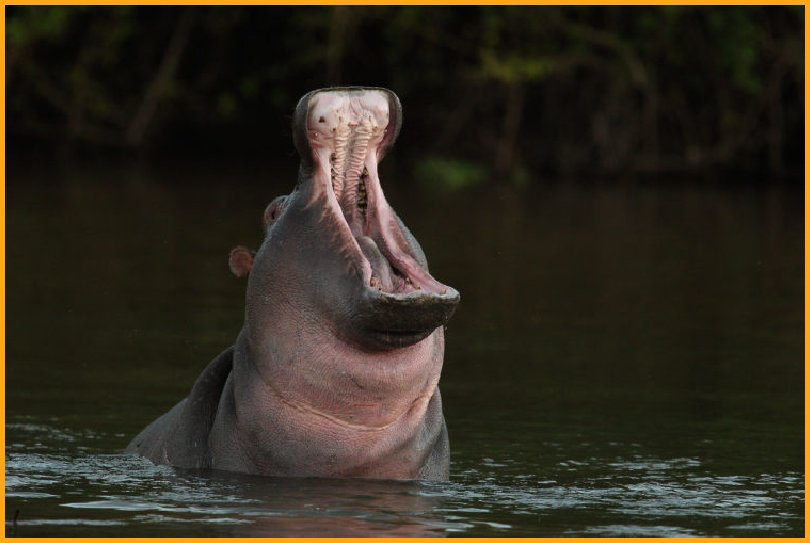
Africanized Honey Bee
A bee sting is certainly no fun, but can you imagine being attacked by thousands of bees at once? Africanized honey bees, aka “killer” bees, are not more venomous than other bees — they are simply more aggressive. If their hive is disturbed, the entire colony pursues the source of the disturbance, such as a person mowing the lawn. The amount of venom injected by hundreds of stings is what makes these insects so dangerous.
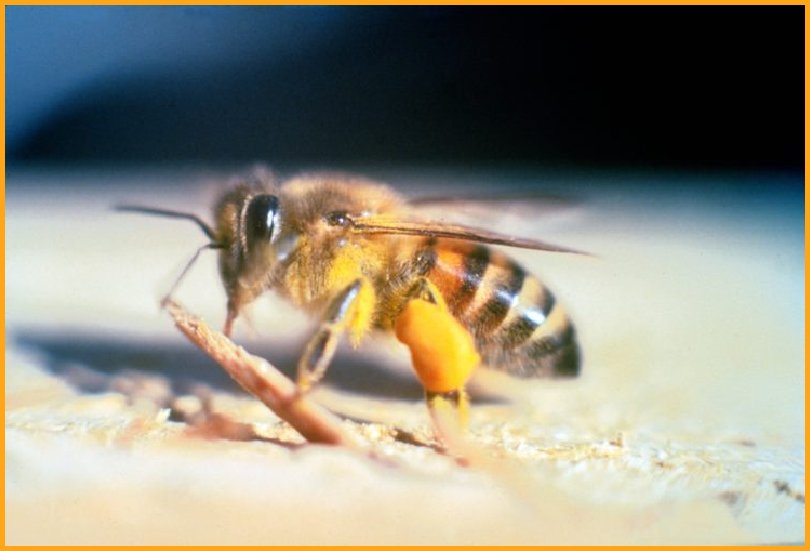
Asian Giant Hornet
What’s scarier than a swarm of bees? A giant hornet that can kill 40 bees in a minute and kills dozens of people each year. The Asian giant hornet is usually between 1.4 to 1.5 inches in length, about the size of a human thumb (though the queen can be larger). Not only are they attracted to the smell of human sweat, but they are especially sensitive to people running as well.
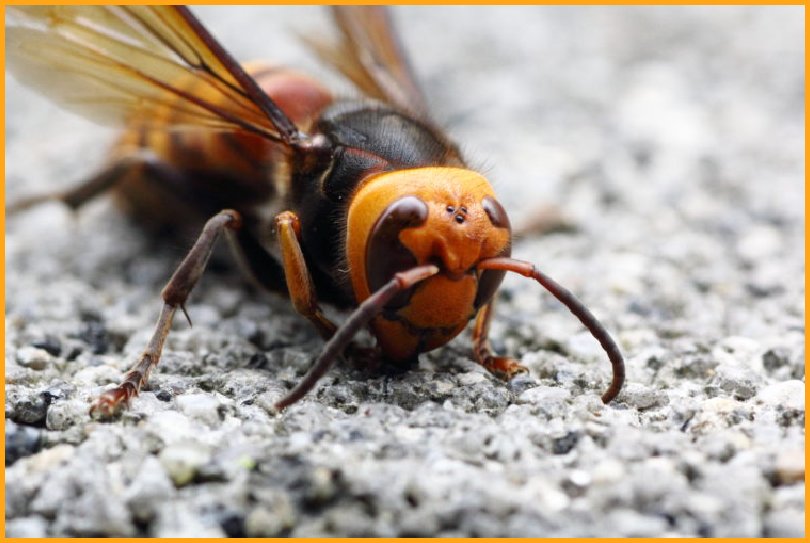
Inland Taipan
Sometimes called the fierce snake, the inland taipan is the most venomous snake in the world. A single bite can serve enough venom to take down 100 grown men. Thankfully, people rarely encounter these venomous vipers. The snakes live in the Australian outback, where they try to remain hidden and slither away from potential enemies as quickly as possible.

Box Jellyfish
Many jellyfish administer painful stings, but none are as dangerous as those dealt by a box jellyfish. These sea creatures, which are 10 feet long and 10 inches across, can be deadly. Their venom contains toxins that attack everything from the heart to the nervous system down to skin cells. Some victims die before they can even reach the shore.
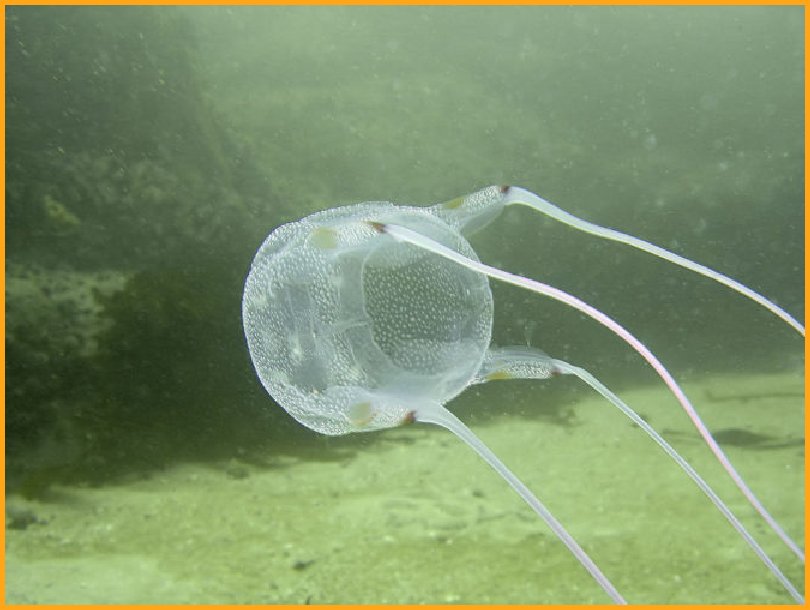
Elephant
These massive beasts are smart, emotionally intelligent and even entertaining. They can also be dangerous. More than 100 people are killed by elephants every year.
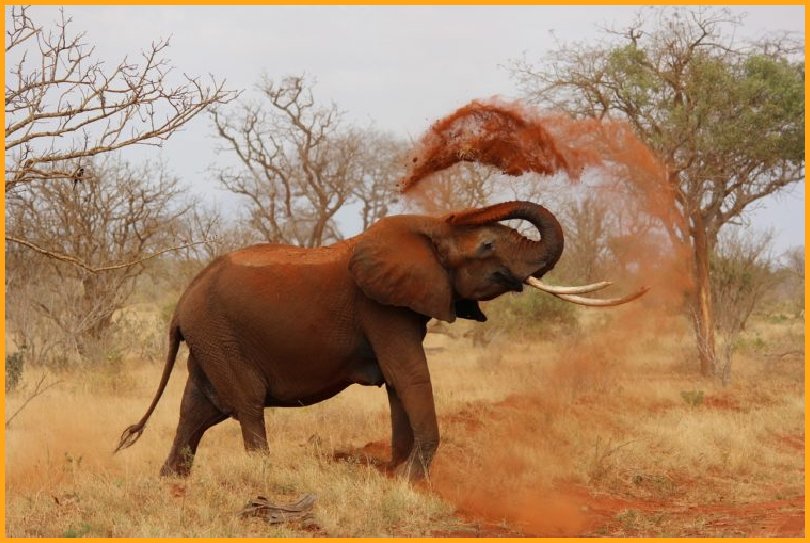
Brazilian Wandering Spider
These large arachnids belong to the genus Phoneutria — a name that comes from the Greek word for a murderess. These spiders don’t make webs. Rather, they wander around the forest at night seeking prey. Although its bite can be deadly, the wandering spider only attacks humans if provoked.
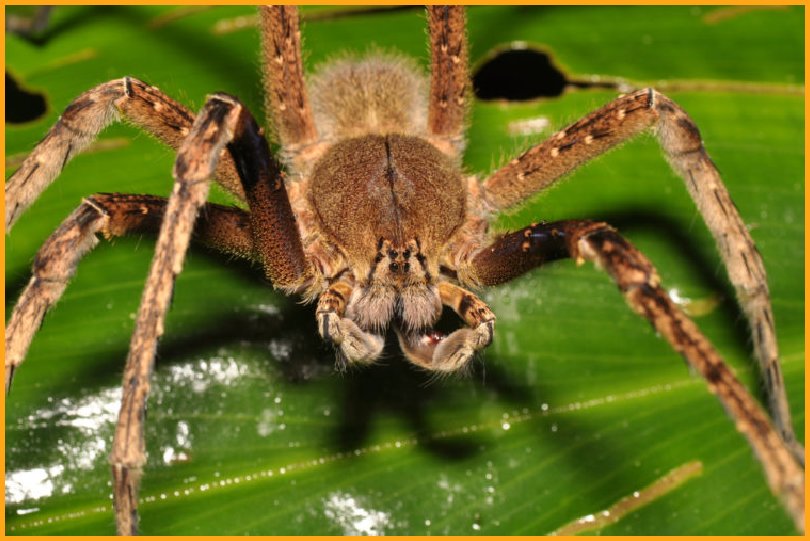
Horses
Of course, these beautiful creatures are not venomous and do not typically attack people. However, a large proportion of animal-related deaths in the United States are attributed to equestrian accidents. The most common cause of equestrian deaths is head injuries.
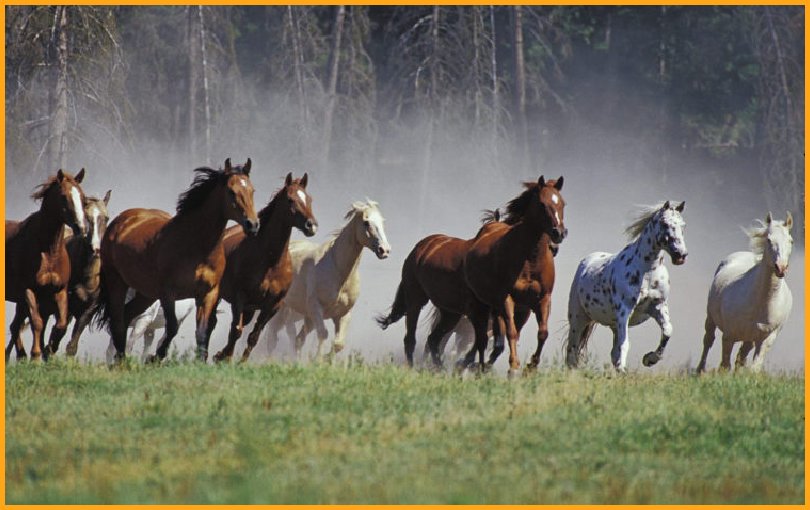
Poison Dart Frogs
These little amphibians are striking in appearance, but they are also dangerous. Just one of these 2-inch frogs secretes enough poison to kill 10 adults. Indigenous hunters used them to taint their blowgun darts, giving them their name.
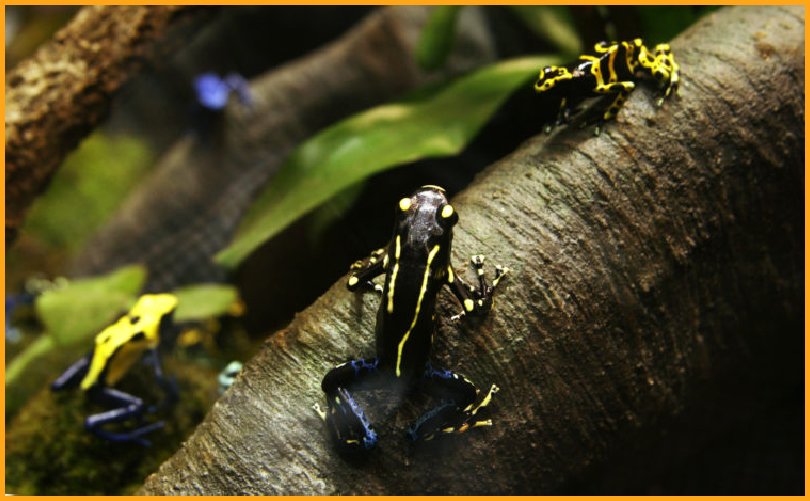
Bull Shark
These coastal sharks are one of the most dangerous creatures in the ocean. Bull sharks can be 12 feet long, weigh 500 pounds and are found all over the world, even in rivers and lakes (they’ve been found in the Mississippi River as far north as Illinois!). These aggressive sharks often bump their prey with their hard snout, stunning them before they sink in their teeth.
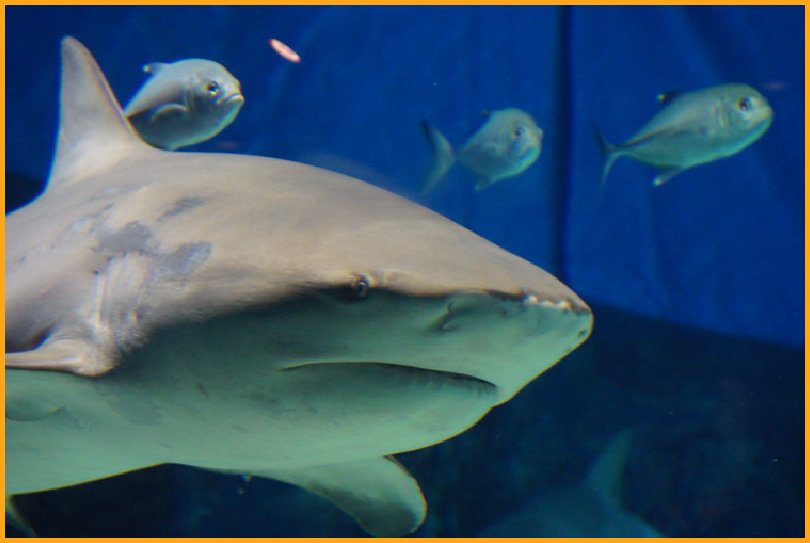
Saltwater Crocodile
While all crocs should be considered a threat, saltwater crocodiles — found in parts of India, Southeast Asia and Australia — are the world’s most aggressive species. They display agitated tail twitching before lunging at enemies, striking with their heads like sledgehammers. With the most powerful bite in nature, a 13-foot saltwater croc can easily devour a human.
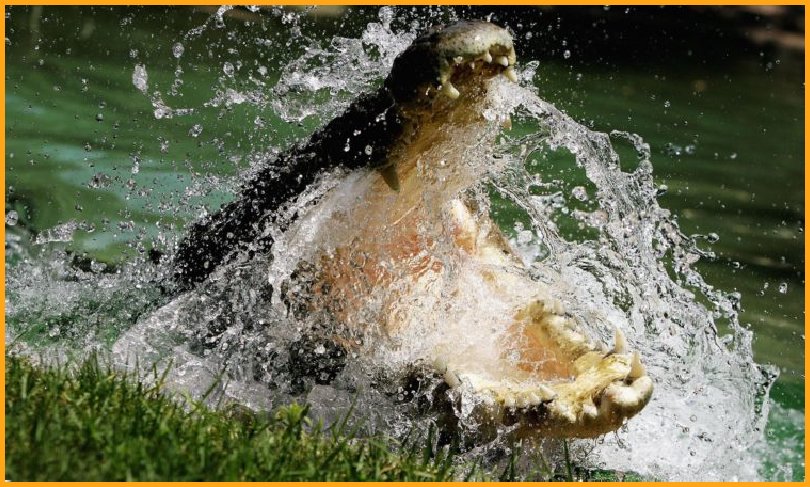
White-Tailed Deer
Often considered prey, seemingly docile deer can actually be a hazard to human life. Although they do not typically attack people, there are more than 1.5 million collisions between deer and vehicles every year, causing more than 100 human fatalities and tens of thousands of injuries. They also aid in the spread of deer ticks, which carry Lyme disease.
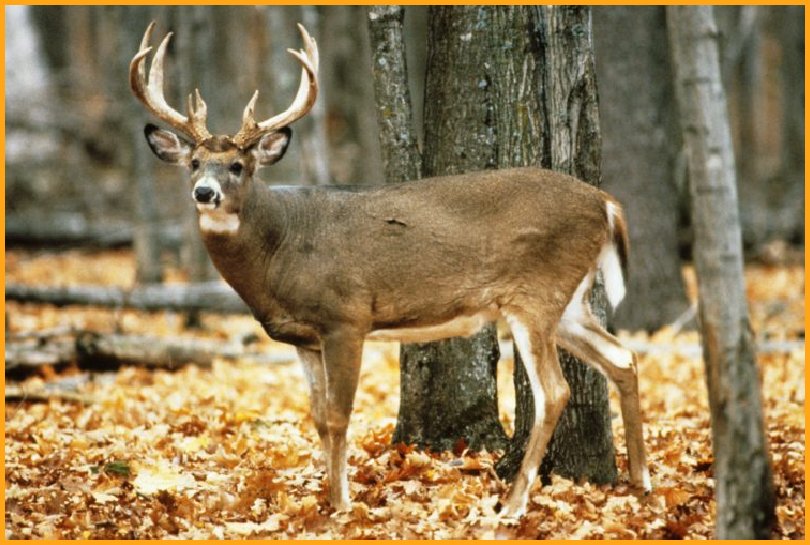
Cone Snail
You might not think that a small sea snail in a lovely shell would be menacing, but in this case, you would be mistaken. Cone snails jab a harpoon-like tooth into their prey, which includes worms, fish and other snails, injecting their venom, which is some of the deadliest in the world. In fact, it can kill a human in a matter of hours. Interestingly, researchers are looking to the venom as a model for new medical treatments.
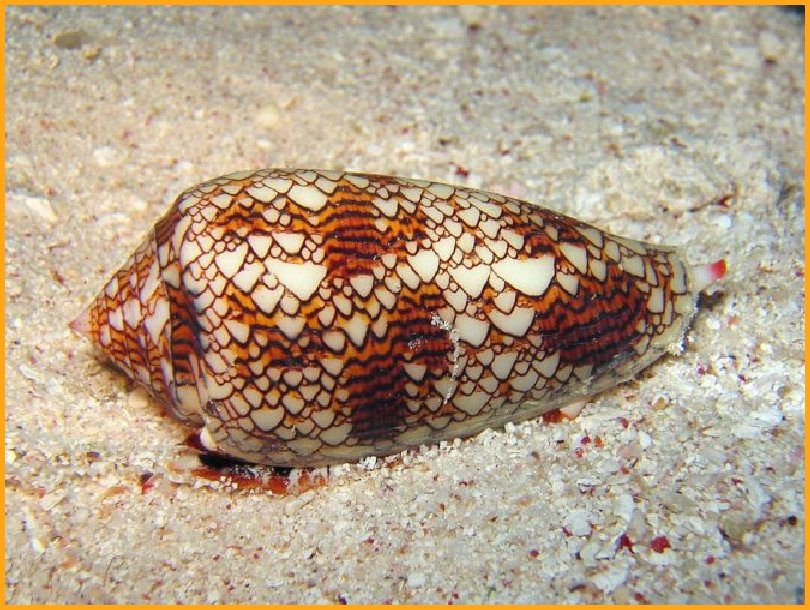
Rats
Wild rats can carry a plethora of diseases that can be directly transmitted to humans. Many of these illnesses — such as hantavirus pulmonary syndrome, leptospirosis and plague — can be fatal. In addition, there are more than 15,000 rat bites reported in the U.S. every year.
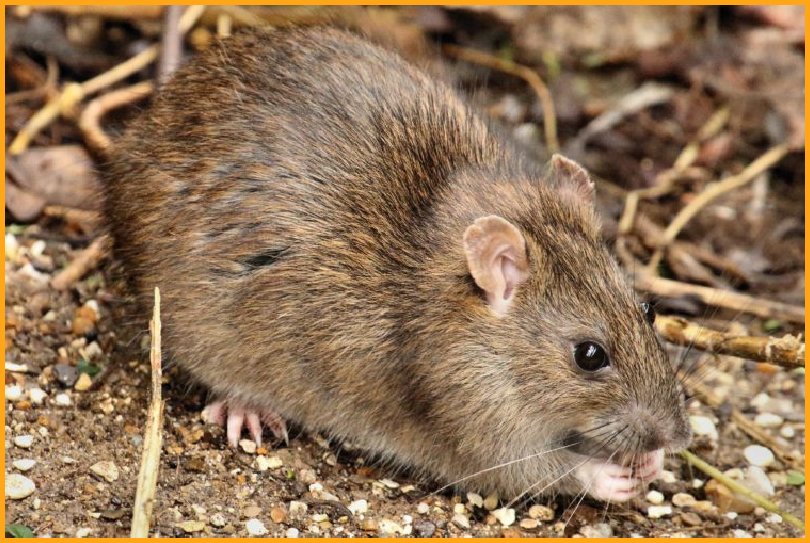
Stone Fish
Camouflaging themselves with coral, sand and rocks, these reef-dwellers populate coasts in the Pacific and Indian oceans. Along with an odd appearance, stone fish sport spiny exteriors and venom that can easily kill a human. As if that were not treacherous enough, researchers have discovered that the fish also have hidden “switchblades” in their faces. They can flick out the bony, blade-like protrusions whenever they feel threatened.
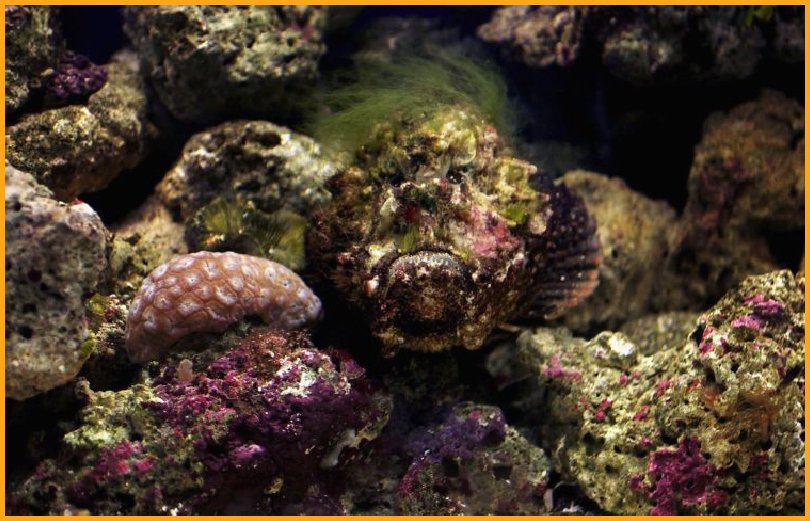
Bulldog Ant
Dealing with any type of ant invasion is no picnic, but one species is particularly dangerous. Found in the coastal regions of Australia, the bulldog ant earned its name from its ferocious, aggressive, tenacious behavior. The insects hold their victims using their long, toothed mandibles, curl their bodies under and repeatedly thrust their stingers into the skin.
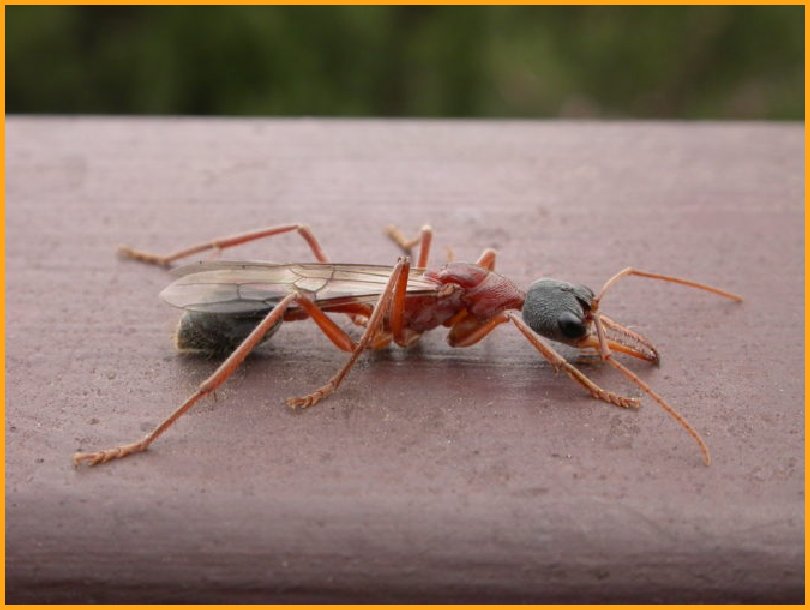
Bengal Tiger
Big cats, in general, are forces to be reckoned with, but the Bengal tiger is the biggest cat of all. Known as the national animal of Bangladesh and India, it is also considered the most dangerous. While humans have driven them toward extinction, the powerful nocturnal hunters typically avoid human interactions. Based on their size and strength, that’s a good thing.
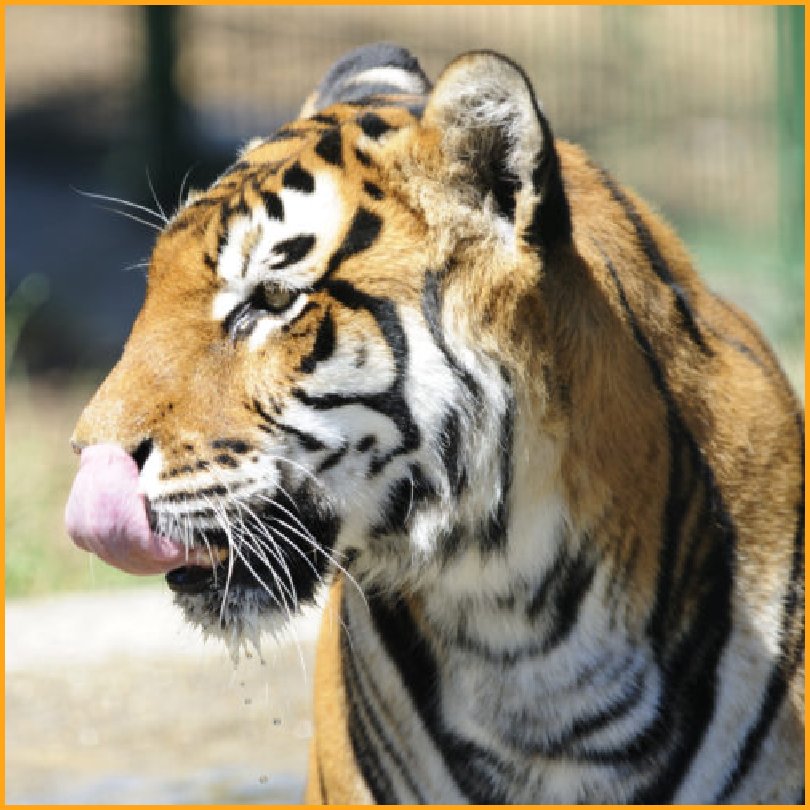
Polar Bear
When you view a polar bear swimming playfully at the zoo, you might think they look like big, friendly teddy bears. Don’t let that fuzzy, white exterior fool you, though, as they are one of the most dangerous of all bears. Although experts say they only harm humans when they are starving, polar bear attacks on people are increasing, possibly because of a decline in Arctic sea ice where they hunt.

Komodo Dragon
The largest reptile in the world, Komodo dragons can be as much as 10 feet long and weigh more than 300 pounds. They can run (briefly) at speeds of up to 13 mph and will attack humans without provocation. Their saliva contains 80 strains of bacteria, which slowly kills their prey. The lizards will wait for days until their prey dies and then feast on the flesh.
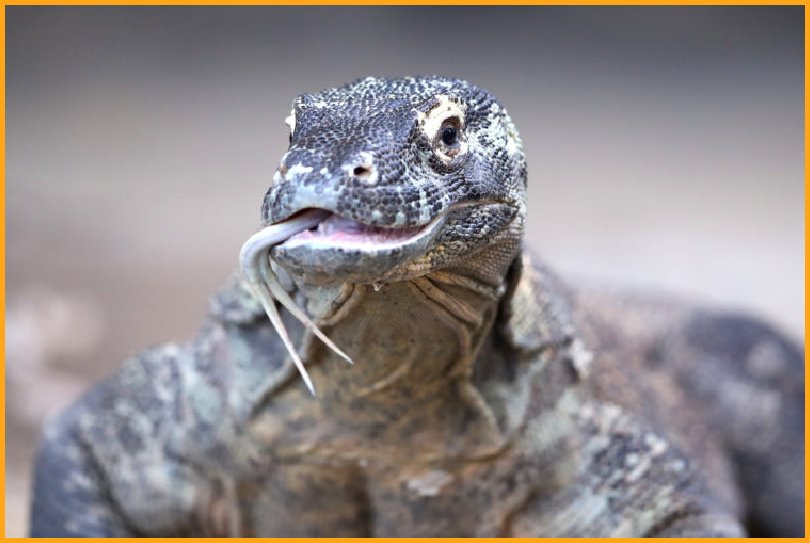
Sloth Bear
When hunters first saw these small- to medium-size bears hanging from trees with trunk-like snouts and long claws, they mistakenly thought they were bear-like sloths. Although they look gentle, sloth bears can be ferocious. The territorial creatures often attack humans by clawing them in the face and head.

Cassowary
One of the largest birds alive, the cassowary — found in and around northeastern Australia — is also one of the most dangerous. It can’t fly, but it can run faster than 30 mph and can jump more than 3 feet high. With claws that are nearly 5 inches long, it can and will rip into an enemy.
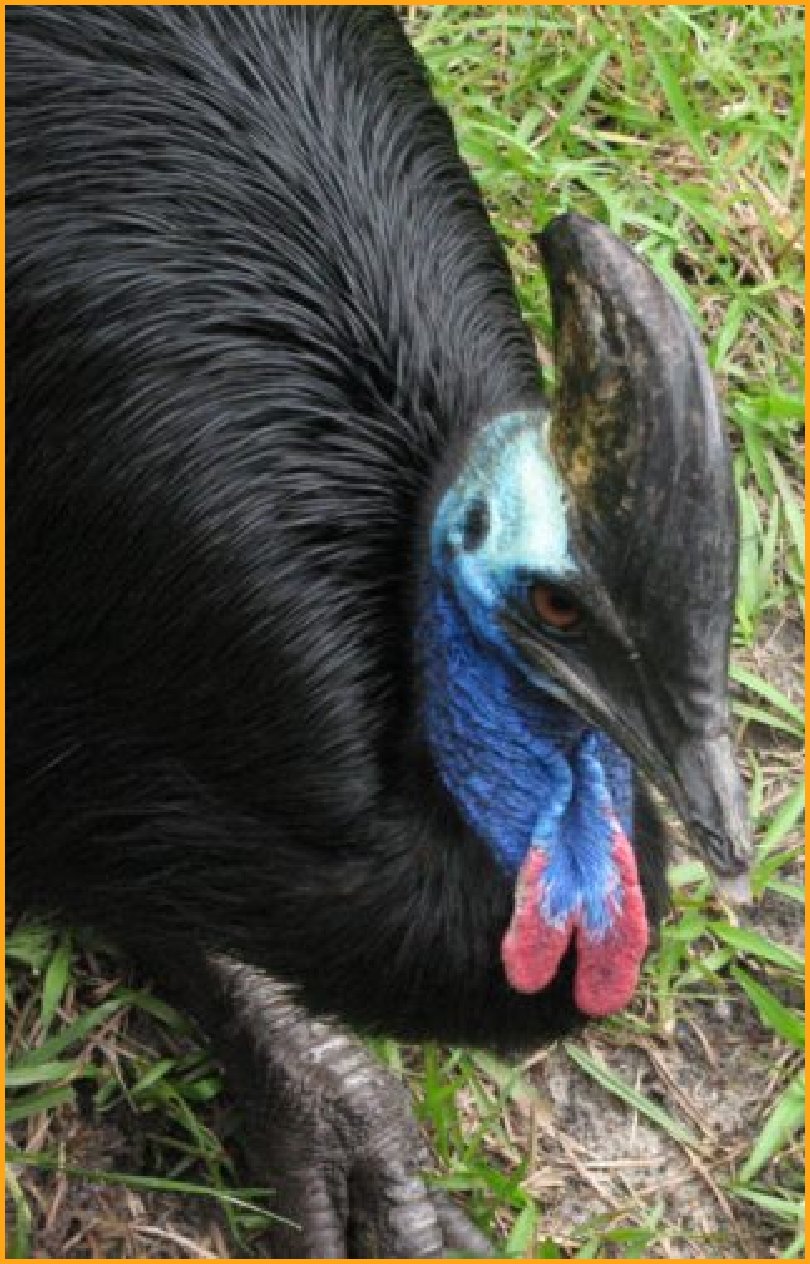
Cape Buffalo
These hefty beasts can weigh 1,750 pounds or more and sport a pair of long, thick, curved horns. Cape buffalo can quickly become aggressive, especially when wounded or when protecting their young. With the capability to run 35 mph and a habit of attacking in groups, they can be savage.

Mosquito
Mosquitoes are not just annoying. The little bloodsuckers can also be deadly. They can spread a myriad of diseases from the Zika virus to West Nile virus, dengue fever and others. In 2017, nearly half a million people died from malaria, another mosquito-borne illness, alone.
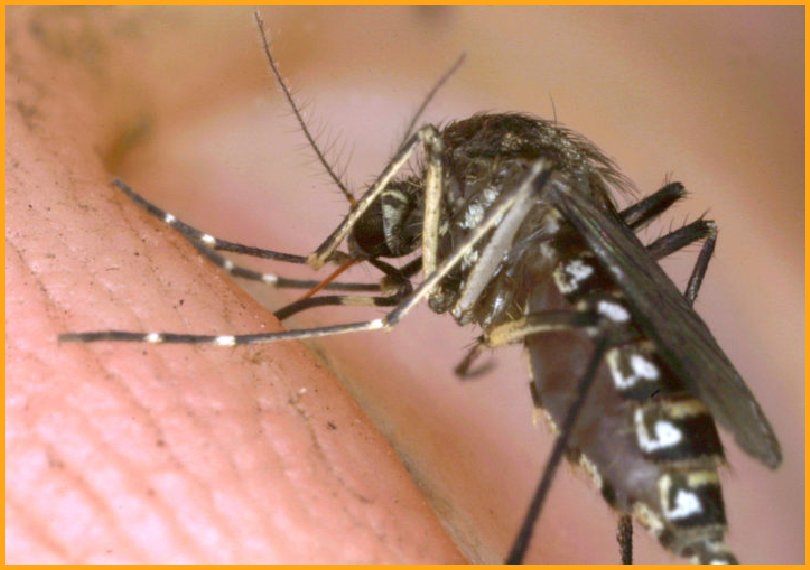
Human
Perhaps the most dangerous animal of all is the human. The most intelligent of all living things, people can be violent and harmful to their own species and others as well as the very planet where we live. Approximately 475,000 people die at the hand of other humans every year.
